Drug Situation in Texas
1-800-513-5423
The greater Dallas/Fort Worth area serves primarily as a drug distribution and transshipment area. Drug smuggling and transportation are dominated by major Mexican trafficking organizations. These groups are poly-drug organizations smuggling methamphetamine, heroin, cocaine, and marijuana to the Dallas/Fort Worth area for distribution in the Eastern, Southeastern, and Midwestern United States. The Division’s central location and its physical and cultural proximity to the Mexican border provide a natural advantage for drug distribution/transshipment throughout the United States.
Due to its geographical location and extensive transportation infrastructure, the Houston Field Division continues to be a primary transshipment area for the bulk importation of most major categories of drugs including marijuana, cocaine, and methamphetamine. Drug smuggling and illicit transportation are primarily dominated by Mexican, Colombian, and Dominican poly-drug trafficking organizations.

The El Paso Division area of responsibility covers 54 counties in West Texas and New Mexico, comprising 778 miles, which is approximately 40% of the U.S./Mexico Border. The Division has 117 agents, who cover an area that includes 18 Ports-of-Entry (POE) and USBP Checkpoints, 6 of which are in New Mexico, in addition to an estimated minimum of 80 illegal crossing points. Some of these locations are over 100 miles from our offices.
This area of the Southwest is unique because of our location on the U.S./Mexico border. El Paso and its sister city, Ciudad Juarez, Mexico, comprise the largest metropolitan area on the border between the U.S. and Mexico. Nearly 2 million people inhabit the El Paso/Juarez border plex. Over 1.2 million people reside in Juarez.
The introduction of NAFTA had a major impact on the El Paso/Juarez area. The people crossing international bridges on a daily basis and the large transportation industry available in this area (air, bus, trucking, and rail) provide drug traffickers with innumerable drug and money smuggling opportunities. Rural, desert-like areas in New Mexico and West Texas, whether they be large ranches, National Parkland backing up to the border, or some easily crossed places along the Rio Grande, offer tremendous smuggling opportunities to drug trafficking organizations.
West Texas serves as the gateway for narcotics destined for major metropolitan areas in the U.S., which is commonly referred to as the El Paso/Juarez Corridor. Sources-of-supply (SOS) from Mexico move significant quantities of marijuana and cocaine through the POEs using major east/west and north/south interstate highways that crisscross through the El Paso Division. These highways provide traffickers with transportation routes for the distribution of drugs throughout the country. Drug traffickers also obtain warehouses in El Paso for stash locations and recruit drivers from the area to transport the narcotics to various destinations throughout the U.S. Additional threats to the region are the shipments of controlled substances via commercial vehicles, including aircraft, buses, and Amtrak rail. El Paso is also considered a hub for significant amounts of drug proceeds being laundered through small businesses.
The Alpine, Texas Resident Office covers 22,609 miles, 315 of which are directly on the Southwest Border. This area is largely rural and sparsely populated, encompassing Big Bend Corridor, a transshipment route for drugs entering the U.S. from Northeast Mexico. These shipments travel en route to Midland/Odessa and other cities in the U.S. Criminal organizations based in Chihuahua, Mexico maintain command and control elements in the Midland/Odessa area to the north and in the border towns of Presidio and Redford to the south. Higher echelon members of the criminal organizations are often extended family members, making penetration of those organizations extremely difficult.
The Mexican Government is building a 4-lane “La Entrada al Pacifico” highway (95% complete) which will serve as a northeast/southwest trade route from the port city of Topolobampo, Sinaloa, Mexico, through the Presidio, Texas POE, and intersects 3 major east-west Interstate highways: I-10, I-20, and I-40. It is estimated that as much as 30% of the truck traffic will be diverted from California and El Paso POEs to Presidio. This highway begins at a deep-water Pacific Ocean port that is over 500 miles closer, and much less congested than the Port of Los Angeles. This completed route will save up to four shipping days for goods moving between the Pacific Rim countries and Texas.
Additionally, the South Orient Railroad (purchased by the State of Texas in 2001), was leased for 40 years to Nuevo Grupo, Mexico, and is expected to provide not only daily passenger train service but also freight service between Mexico and the U.S.
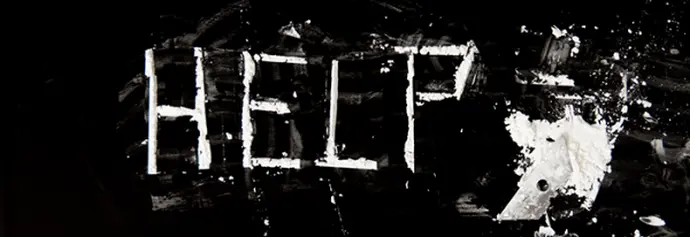
Cocaine: North Texas is a distribution and transshipment area for cocaine that is distributed via passenger vehicles and tractor-trailers to destinations in the Midwestern, Northern, and Eastern U.S. Intelligence indicates that organizations operating on the East Coast are interested in setting up an operation in the greater Dallas area in order to obtain reliable supplies of cocaine at a lower price than what they pay on the East Coast. The Houston Division is a major transshipment, distribution, and consumption center for Colombian cocaine. The narcotics are either shipped directly to Texas or transshipped through Mexico. Illicit transporters favor the exploitation of the commercial trucking industry to move bulk (multi-hundred kilogram) quantities of Colombian cocaine through the Houston Division. Smaller loads are routinely seized from privately owned vehicles or from couriers utilizing buses or airlines. The El Paso/Juarez corridor serves as a transshipment point for cocaine to various locations in the U.S. Seized loads range from 50-800 pounds. Cocaine is the drug of choice among users in New Mexico and the availability is high. The El Paso/Juarez corridor is the route primarily used to transport cocaine to Albuquerque and is distributed to other parts of the State from there. Cocaine is transported through New Mexico by MDTOs at an increasing rate. Multiple kilogram quantities are routinely seized from commercial trucks, public transportation, and private vehicles. The most common seizures occur when couriers are interdicted on public transportation with two to three kilograms of cocaine carried on their bodies. Cocaine is also readily available for distribution throughout New Mexico in gram-to-ounce quantities for local consumption. Local law enforcement authorities consistently rank cocaine and crack cocaine distribution and use as their number one drug problem.
Crack: Throughout the metropolitan areas of Dallas and Fort Worth, crack cocaine remains popular and easily attainable. The Dallas metropolitan area serves as the primary distribution point for crack/cocaine to outlying areas in North Texas as well as the states of Oklahoma, Louisiana, Arkansas, and Mississippi. Crack is readily available throughout the Houston Division. It is produced locally. Crack is trafficked by local organizations along the I-10 corridor in east Texas to western Louisiana. There is ample availability of “crack” cocaine in El Paso, where its use is considered low to moderate. In Midland, Texas, crack cocaine use and distribution is at a level that is considered dangerous to the quality of life. Crack cocaine abuse is a primary concern to both local and federal law enforcement agencies in the Midland/Odessa area. Crack cocaine is readily available throughout New Mexico but is most prevalent in urban areas. The majority of the crack available comes from powder cocaine supplied by MDTOs to local crack distributors who then convert the powder cocaine into crack. Ethnic gangs are the primary distributors of crack cocaine in urban areas. Crack poses the greatest threat to school children, as street-level distributors can be found in all social and economic layers of the community. Of special concern is the high level of violence associated with crack cocaine traffickers.
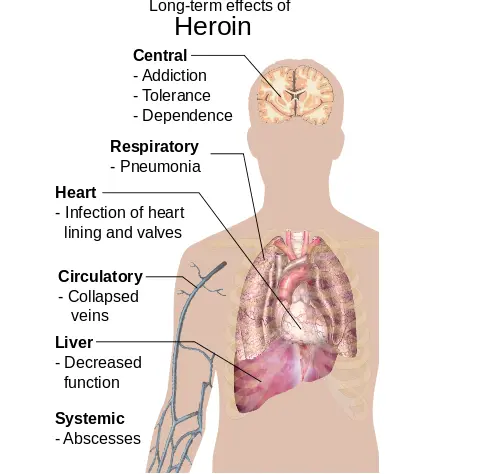
Heroin: Mexican black tar (MBT) heroin remains the primary heroin threat in North Texas. MBT heroin is readily available throughout North Texas. Based on intelligence, the greater Dallas-Fort Worth area is a distribution point for MBT heroin shipped to the Eastern, Southeastern, and Midwestern United States. Intelligence indicates an increase in the availability of Colombian and Southwest Asian (SWA) heroin in the greater Dallas area. Mexican black tar and brown heroin are routinely seized in South Texas. In recent years, the Houston Field Division has been identified as a transshipment point for kilogram quantities of Colombian heroin destined for the East Coast. Small quantities of Asian heroin are sporadically encountered in South Texas, smuggled in via courier, or seized from the mail. Within the last year, there has been a noticeable increase in the availability and purity of Mexican heroin in South Texas. Mexican black tar and brown heroin are routinely seized at the POEs in El Paso County. Black tar heroin has long been available in this region from sources in the Mexican States of Durango and Chihuahua. Heroin is most commonly smuggled in secret compartments in private vehicles and concealed on persons. The heroin is usually carried across the border by couriers, however, there is a developing trend of heroin distributors crossing the border with their supply. Heroin availability has shown a steady increase over the past five years as evidenced by the increase in kilogram seizures and a steady decrease in price. Enforcement operations have significantly disrupted the availability of street-level quantities of heroin in the area and briefly reduced the number of overdoses and overdose deaths. However, in part, because heroin use is socially and culturally accepted in the area, the heroin issue consistently reappears.
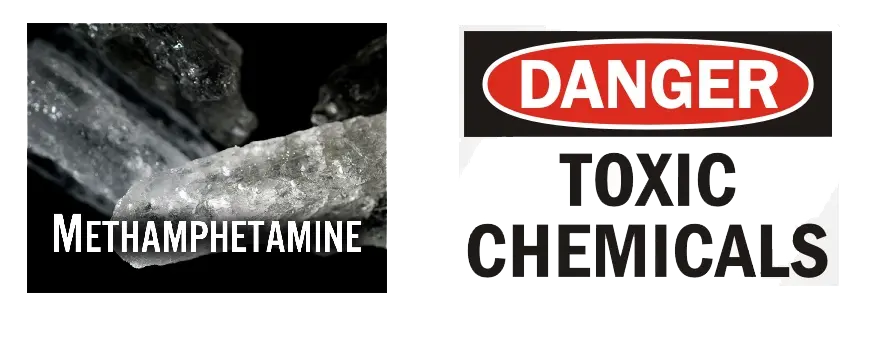
Methamphetamine Availability of methamphetamine remains high in North Texas, and the pace of enforcement activities surrounding methamphetamine continues to escalate. Mexican-manufactured methamphetamine is transported to the region through traditional means, such as passenger and commercial vehicles. Additionally, small clandestine labs that produce small amounts of extremely high-quality methamphetamine are encountered in both rural and urban areas. Recent intelligence and seizure analysis indicates an increased availability of high-purity methamphetamine in the Dallas/Ft. Worth Metroplex area. Because of the increased demand, greater availability, and expanding market, the high-purity methamphetamine threat will probably increase.
The availability of both Mexican methamphetamine and locally produced methamphetamine in the Houston Division is increasing. Mexican methamphetamine is the primary type found in the Division. It is transported in multi-pound quantities directly from Mexico or from Mexico via California. From Houston, methamphetamine is also distributed to the Midwest and the East Coast. In Houston, crystallized Methamphetamine (ICE) is being sold in local clubs and is also being offered by Mexican traffickers. Domestically produced methamphetamine continues to be manufactured by motorcycle gangs and independent producers in small batches using pseudoephedrine, anhydrous ammonia, red phosphorous, iodine, lithium batteries, or muriatic acid. There are numerous labs operating in East Texas, Corpus Christi, and Austin. Most of these labs are small, mobile pseudoephedrine labs that produce small amounts for distribution in the local area.
Methamphetamine poses a multi-pronged threat in this region. It is available in multiple kilogram quantities. The majority of methamphetamine seized originates in Mexico but arrives in New Mexico from distributors in Los Angeles, CA, and Phoenix, AZ. Methamphetamine investigations are especially prevalent in the area known as the Four Corners Region where the States of Arizona, Colorado, New Mexico, and Utah meet to form a common border along the eastern New Mexico/Texas border. Small, clandestine laboratories are popular in the area, especially in remote, rural locations in New Mexico. In Southern New Mexico, closer to Las Cruces and El Paso, the currently preferred process is the “Birch method”, which uses chemicals, such as anhydrous ammonia, to process methamphetamine. The use of the “Birch method” is believed to be an attempt by small laboratory operators to acquire non-controlled chemicals for production, in order to subvert law enforcement scrutiny. Recent intelligence analysis indicates increased seizures of more “Mom and Pop” methamphetamine labs in the El Paso Division. It is cheaper to produce methamphetamine for your own use versus buying it on the street.
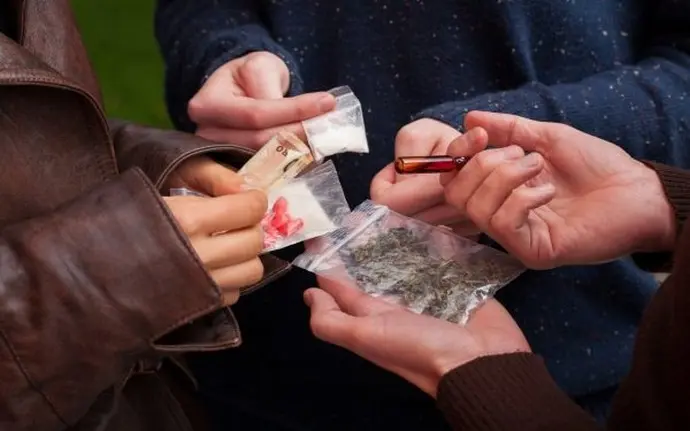
Predatory/Club Drugs: Club drugs remain readily available in North Texas. The most frequently abused of club drugs is “Ecstasy” (MDMA). Intelligence indicates the increased abuse of Ecstasy among 18 to 24-year-old African-Americans, specifically in the greater Dallas area. Asians continue to be involved in the sale and distribution of MDMA. Intelligence further indicates increased interest among Mexican traffickers to distribute and sell Ecstasy in the Dallas/Fort Worth area. The Dallas FD is currently ranked 2nd nationally for GHB and Rohypnol emergency room visits and above the national average in its emergency room visits for MDMA, Ketamine, LSD, and PCP. The majority of the MDMA available in the Houston Division continues to originate in Europe, specifically from Belgium and the Netherlands. MDMA is most commonly transported via courier through airlines. Recent reporting from Monterrey, Mexico shows northern Mexico to be an emerging source for MDMA production. The availability and popularity of MDMA are increasing in the area covered by the Division. Raves are a primary venue for MDMA distribution, in addition to clubs and gyms. The number and frequency of raves throughout the area have increased. Other dangerous drugs readily available and transported through Houston include Rohypnol, Ketamine, GHB, LSD, and PCP. Several drugs in this category are more available, due, in part, to El Paso’s close proximity to Juarez, Mexico, where purchases can be made over the counter from unscrupulous pharmacists. Ecstasy, Rohypnol, and other pharmaceuticals are being used at Rave parties in El Paso County. The use of these types of drugs has not skyrocketed, as in other metropolitan areas in the U.S. These same drugs are available in New Mexico. Give us a call for help locating a drug rehab center in Texas.
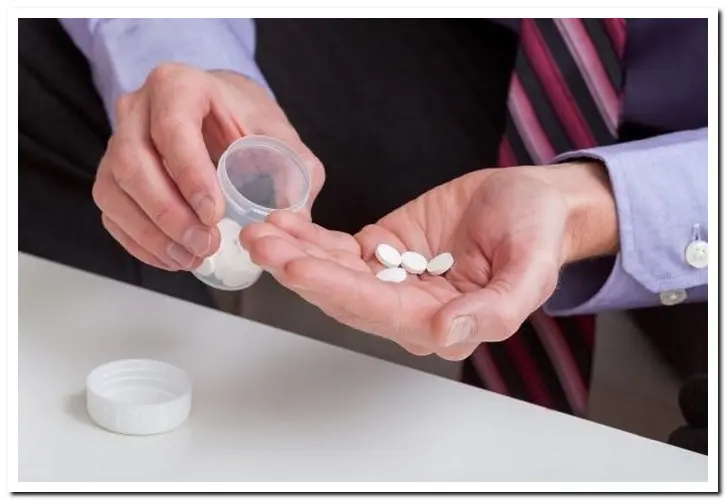
Prescription Drugs: The most common methods of diversion of pharmaceutical controlled substances continue to be illegal and indiscriminate prescribing and “doctor shopping.” Hydrocodone, Alprazolam, and benzodiazepine products continue to comprise the majority of prescription-controlled drugs abused in North Texas. Oxycontin has surpassed hydrocodone as the drug of choice for abusers seeking pharmaceuticals in the Tyler area. The most commonly abused pharmaceutical drugs in Houston continue to be Hydrocodone, Promethazine with Codeine and other Codeine cough syrups, and Benzodiazepines (mostly Alprazolam). Oxycontin abuse is on the increase, with most illegal prescriptions being written by pain management doctors. In addition to the aforementioned, commonly abused pharmaceutical drugs in San Antonio include Morphine, Dilaudid, Diazepam, Xanax, Tussionex, Lortab, Vicodin, and Ketamine. The major avenues for diversion continue to be illegal and indiscriminate prescribing and dispensing, pharmacy theft, employee pilferage, and forged prescriptions. The diversion of prescription drugs continues to be a significant enforcement issue. Illegal or improper prescription practices are the primary source for illegally obtained prescription drugs, primarily in the oxycodone/hydrocodone families. Interdiction efforts also indicate that prescription drug smuggling from Mexico, where these drugs can be sold over the counter, contributes to the illegal distribution of prescription medications. Compounding this issue is the state’s severe shortage of qualified medical personnel which forces state authorities to grant prescriptive authority to practitioners not licensed in other states. New Mexico has recently become one of the few states to grant prescribing authority to psychologists who have no medical or pharmaceutical training.
1-800-513-5423

Sources
Texas Drug Courts
Court Ordered Education Programs
Mental Health Substance Abuse Coverage
Criminal and Juvenile Justice
Intercept 3: Jail/Courts
Substance Abuse Treatment, Testing, and Abstinence
Drug Trafficking Organizations
Impaired Driving Penalties in Texas
TDLR
Erik Epp – Content Author




